TechnologyJanuary 12, 2023
One-cable solution: efficiency for modular machine building
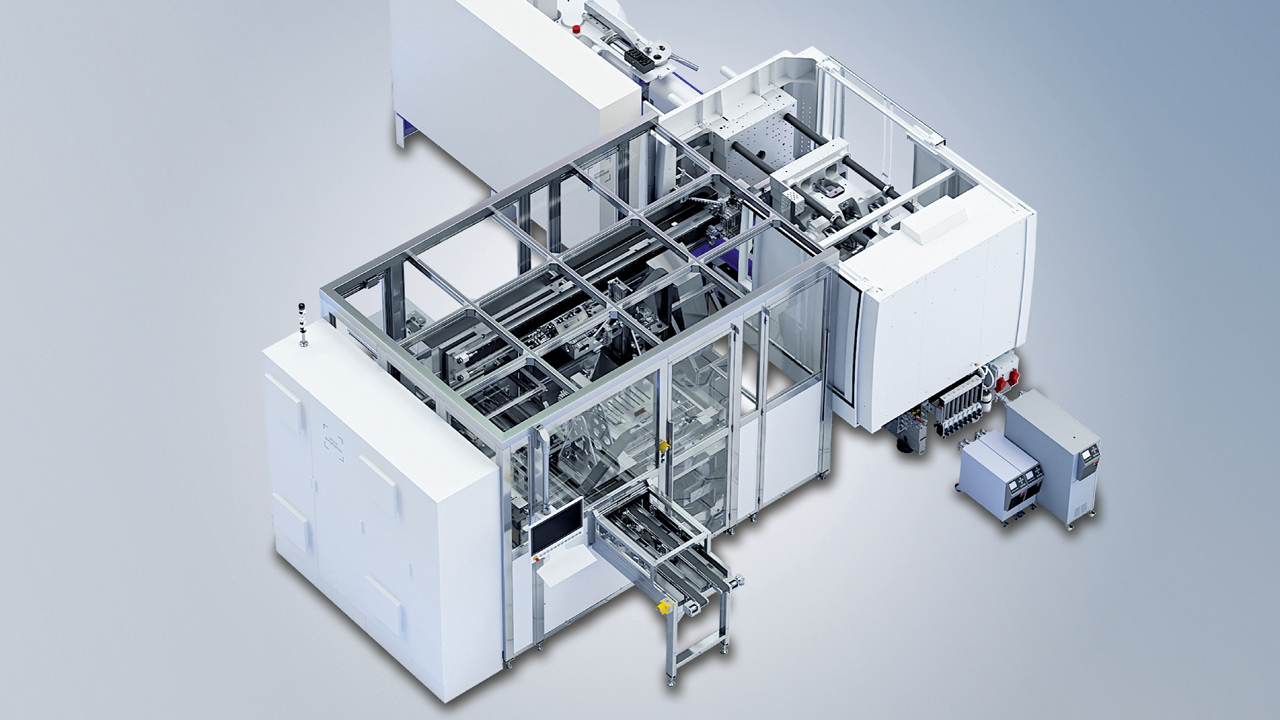
One cable technology and EtherCAT P minimize system cabling for a medical equipment manufacturer, and ensure significant increases in efficiency. A major benefit is standardization on OCT for drives and EtherCAT P at the I/O level, significantly reduced the wiring effort and improving decentralized power distribution.
Special machine builder MA micro automation GmbH designs custom systems for medical technology from basic configurations and a wide variety of modules. Not only does this require a system concept that is consistently modularized at every stage of its core tasks, it also requires control technology and system cabling that can be flexibly configured. Beckhoff provides this with PC-based control, One Cable Technology (OCT) and EtherCAT P, ensuring significant increases in production efficiency.
Based in the German town of Sankt Leon-Rot, MA micro automation manufactures assembly, adjustment and testing systems for medical technology and visual inspection. “We aim to rely on standard modules wherever possible and supplement these with specially developed individual components as required,” explains Dirk Striebel, Head of Operations at MA micro automation, outlining the basic idea behind modular machine construction.
As a general rule, the systems are based on the company’s CENTAURI IVD and CERES POC machine platforms, which can be adapted to suit a project’s respective needs and requirements. This explains the wide range of possible applications for the systems. MA micro automation supplies manufacturing, testing and assembly systems for a wide range of applications, including diagnostic consumables, medical injection-molding components, insulin pens and auto injectors, as well as pipette tips and reaction vessels.
To meet market requirements for high precision and accurate assembly, including those for optical assemblies, the special machine builder relies on its own image processing and software systems, as well as its large image processing and software team.
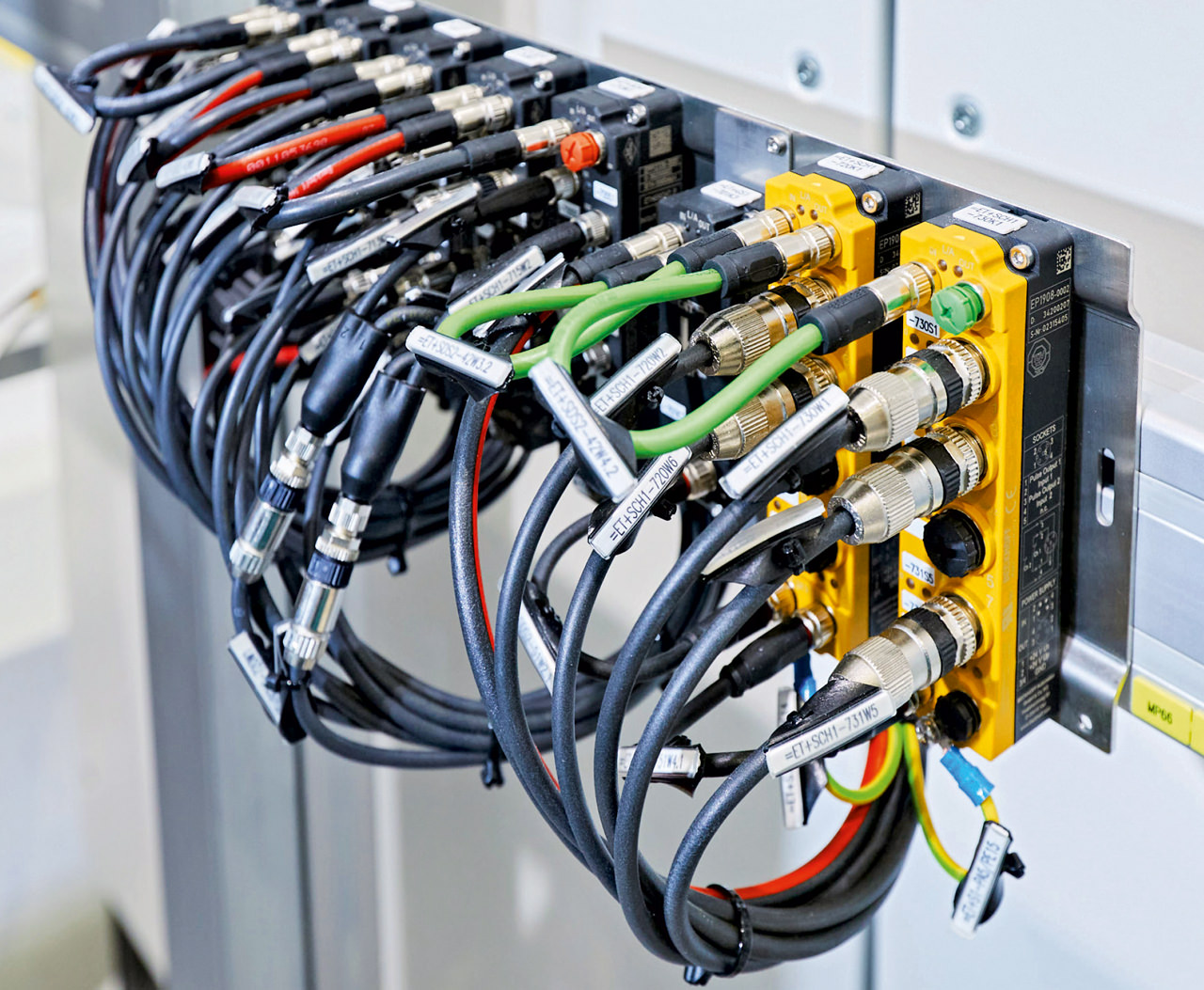
No need to pick one or the other: EtherCAT P and EtherCAT can be combined in the field. The IP67-rated EPP9001-0060 Box separates EtherCAT P into EtherCAT and power if required to allow the use of standard EP box modules.
Mass production with maximum precision

Another advantage of EtherCAT P is that the associated IP67 Fieldbus Box modules are so compact that they can be integrated directly into the machine bed. Pictured here in the background is the XTS transport system that connects the individual stations.
A notable solution based on CENTAURI IVD was developed to meet the pandemic-related increase in demand for pipette tips. These are considered both bulk and precision items, as they are used in laboratory diagnostics to draw precisely defined quantities of liquid and transfer them to test containers. The wall thicknesses and openings at the tip measure just a few tenths of a millimeter each, meaning any discrepancy could affect the diagnostic result. As Dirk Striebel explains, “It is essential to watch out for issues like burrs or deformations during the production process, and to reliably eject any pipette tips with visible flaws.” This is why MA micro automation often integrates a variety of inspection stations into the production process, enabling the company to call upon the necessary image processing expertise in-house.
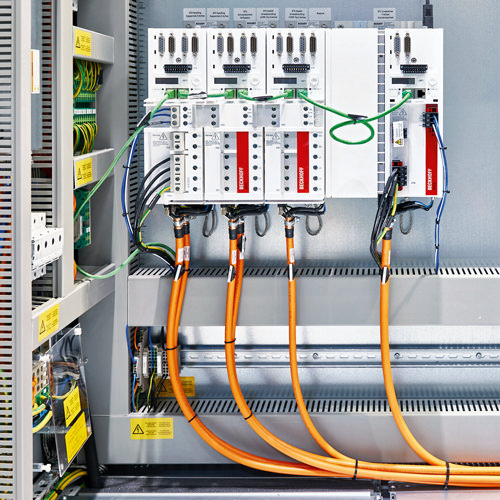
OCT also reduces the wiring effort for the AX5000 Servo Drives. Picture: © Beckhoff
To avoid injection molding machine downtime during 24/7 operation, MA has integrated a buffer storage system between the machine and the downstream processes at the customer’s request. “This offers enough capacity to cover 10 minutes, which is long enough to refill labels or filters as needed,” explains Dirk Striebel. The faster cycle time of the system compared to the injection molding machine means the buffer storage system empties itself afterwards.
With the second CERES POC platform, MA micro automation has targeted the market for point-of-care (POC) rapid tests in the field of patient-related laboratory diagnostics. These highly flexible production lines cover the entire process chain, from plastic molding to testing and packaging. Systems based on this platform can produce over 30 million tests per year.
If neither of the two machine platforms is suitable for technical reasons, the specialized machine manufacturer also handles the implementation of custom project solutions as a general contractor. According to Dirk Striebel, “With our extensive portfolio of standardized modules and solutions, we provide our customers with the flexibility they need to create the solution they want.” From various optical inline inspections, pipette filter assembly, fully automated connectivity with upstream and downstream production processes (rack, aging storage, packaging, etc.), and the fully automated intralogistics process, everything can be defined via the corresponding configurator.
PC-based control in in-vitro diagnostics
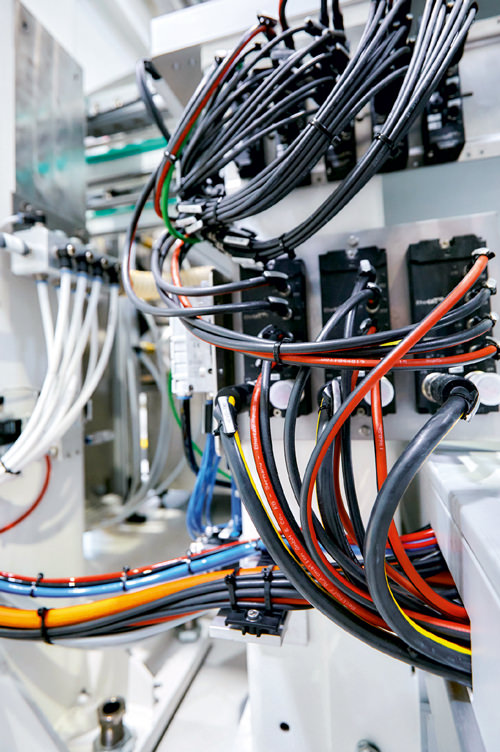
With a high density of sensors and actuators in the field, system cabling with the hybrid cables and EtherCAT P saves a lot of wiring time during installation. Picture: © Beckhoff
Commissioned as a general contractor, MA micro automation designed a flexible pipette-tip automation solution with an increased output rate for a global player. The brief was to implement a flexible automation solution for production, allowing pipette tips packed in racks to be offered to the in-vitro diagnostics market. To this end, the individual pipette tips had to be fed from the bulk material in a cycle time of less than 0.1 s, separated, inserted automatically into racks and ultimately packed.
The flexibility in terms of pipette variants is based on injection molds with up to 128 cavities, allowing various pipette tips to be produced on the injection molding machines. The pipettes are removed via an axis that can be adapted to the respective number of cavities in just a few steps, making the removal axis universally scalable. The required grid dimension of the final rack is achieved via a special handling strategy so that the pipette tips reach the racks after only a few automation steps before being transported further via the XTS linear transport system, for example.
Scalable automation promotes modularity
The basis of all these system variants is an automation solution in the form of PC-based control. This has been the same approach since 2010, as Dirk Striebel emphasizes: “We use Beckhoff components as standard wherever possible, unless customers request a different control system.” As it turns out, this is rarely ever the case.
MA micro automation now relies on the full range of Beckhoff products, including AX5000 and AX8000 Servo Drive systems, XTS for intelligent material transport, EtherCAT and EtherCAT P Box modules, embedded and industrial PCs, and control panels such as the CP3921 in customer-specific designs. According to Dirk Striebel, special machine builders should adhere to proven standards to become more efficient and avoid errors: “Beckhoff system components meet these requirements in every respect, from project planning and development to completion of the systems.”
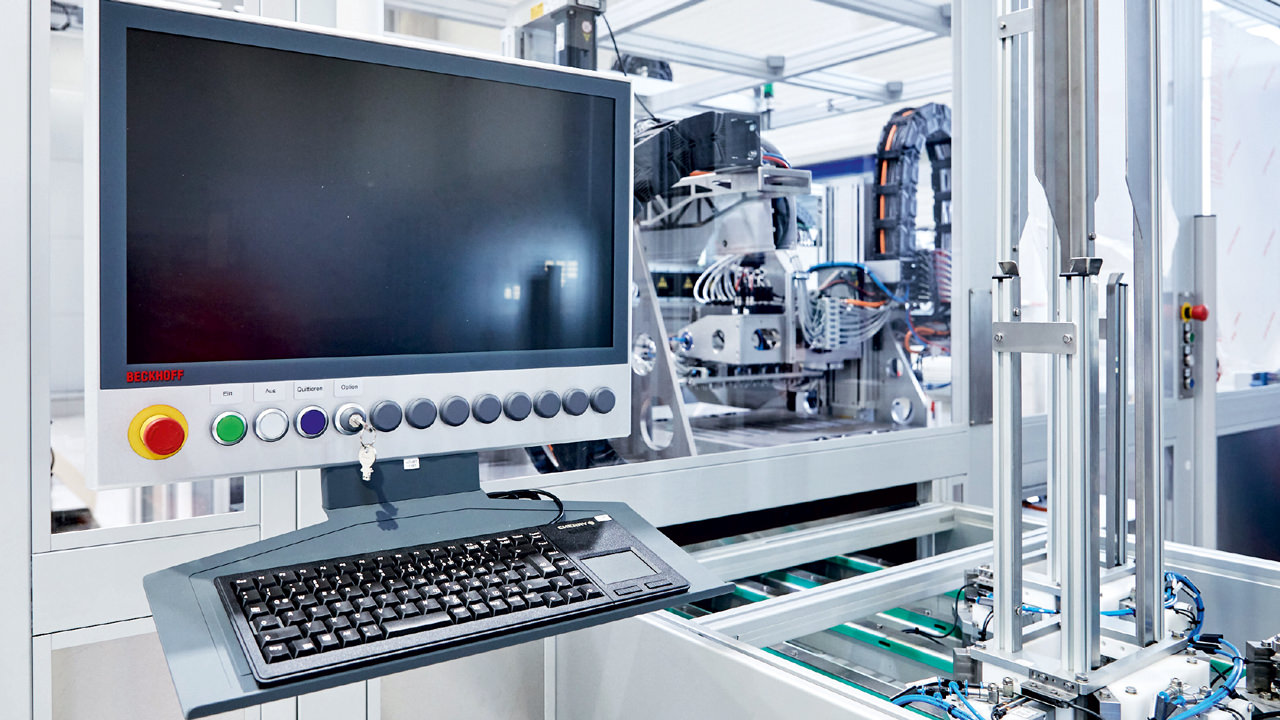
The customized CP3921 Control Panel in conjunction with PC-based control and TwinCAT HMI provides a user-friendly operator interface and short changeover times.
Efficient cabling: OCT, ENP & ECP
Dirk Striebel sees a major benefit for the company in the consistent standardization on OCT for the drives and EtherCAT P at the I/O level. Their introduction has significantly reduced the wiring effort and improved the decentralized power distribution by the EP9224-0037 four-channel power distributors from the B17-ENP hybrid connector via EtherCAT P. “In total, these measures have significantly reduced our installation effort and the resulting costs by some 15 to 20%,” specifies Dirk Striebel. The pre-assembled cables, which MA micro automation also sources from Beckhoff, also play their part.
Depending on the system size, One Cable Automation (OCA) from Beckhoff saves up to 100 lines with the ENP hybrid lines and EtherCAT P. These no longer have to be assembled, routed and placed in the control cabinet, which in turn reduces potential sources of error. “Typical errors when connecting cables can be reduced further still with the various coding options of EtherCAT P,” adds Udo Gruber, head of the Beckhoff sales office in Mannheim.
The I/O box modules and system lines can be coded using different color rings. It is also possible to clearly identify the hybrid connectors with confidence through mechanical coding of the bayonet catches. “We can take all of this into account when ordering our EtherCAT P Box modules and preconfigured cables directly from the factory,” says Udo Gruber.
Dirk Striebel adds: “With regard to power distribution, issues such as large cable lengths and the resulting voltage drops virtually take care of themselves with EtherCAT P.” Likewise, with the EtherCAT Box modules for power distribution, such as EP9214 and EP9224, various data concepts can be implemented, adapted or completely redesigned. In addition, the extensive diagnostic functions of EtherCAT and the EtherCAT P technology expansion simplify troubleshooting in the event of a fault.
Just about everything has been factored in to ensure that the final assembly can be completed largely without a skilled electrician. “This is definitely the way things seem to be going in the world of 24 V sensor/actuator installation,” agrees Dirk Striebel. He is already thinking one step ahead here and striving to simplify the assembly, disassembly and reassembly of the systems: “The aim is to reduce highly cost-intensive activities at the end customer’s site, and to shorten system throughput times in the final assembly stage. Here, too, Beckhoff will once again make its contribution as a long-standing, reliable partner and supplier of system components.”


